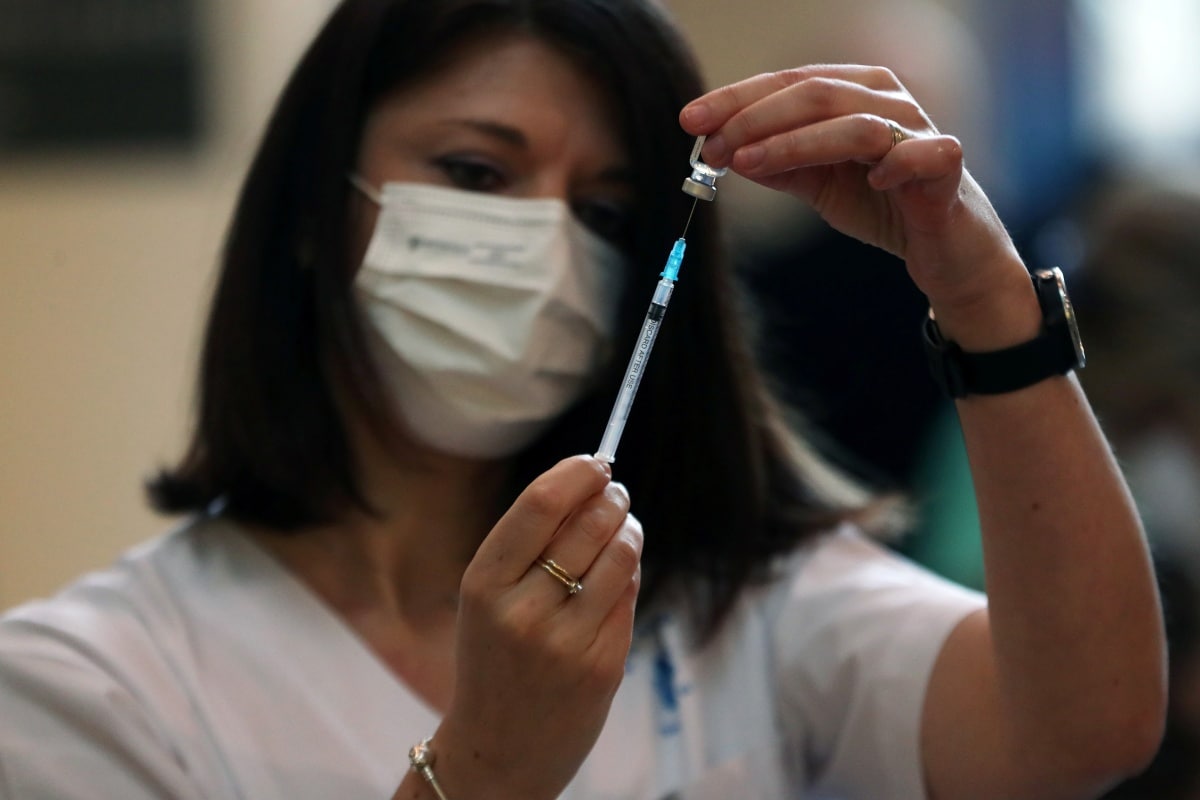Attention Deficit Hyperactivity Disorder (ADHD) and Autism Spectrum Disorder (ASD) are the most common neurodevelopmental disorders that are diagnosed in early childhood. While both are separate conditions, their symptoms tend to overlap which makes it quite tricky to differentiate between them. Now, in a novel study, researchers from the University of South Australia and Flinders University have found that recordings from the human retina can offer distinct signals for both disorders.
“ASD and ADHD are the most common neurodevelopmental disorders diagnosed in childhood. But as they often share similar traits, making diagnoses for both conditions can be lengthy and complicated. Our research aims to improve this. By exploring how signals in the retina react to light stimuli, we hope to develop more accurate and earlier diagnoses for different neurodevelopmental conditions,” said Dr Paul Constable, a research optometrist at Flinders University. Dr Constable is also an author of the study published in Frontiers in Neuroscience.
The team used an electroretinogram (ERG), which is a diagnostic test for measuring the electrical activity of the retina in response to a light stimulus. In their study, they noted that children, who had ADHD, showed an overall higher level of ERG energy while those with ASD were found to have shown low ERG energy.
Dr Constable explained that the retinal signals are generated by specific nerves and identifying the difference in them can help them shed light on the differences between children with ADHD and those with ASD. He added that their study offers preliminary evidence for neurophysiological changes that not only help distinguish ADHD from ASD but also that it can be done using ERG diagnostics.
“Ultimately, we’re looking at how the eyes can help us understand the brain,” said Dr Fernando Marmolejo-Ramos, an expert in human and artificial cognition at the University of South Australia. He is also the co-researcher in the study.
For the latest tech news and reviews, follow Gadgets 360 on Twitter, Facebook, and Google News. For the latest videos on gadgets and tech, subscribe to our YouTube channel.

